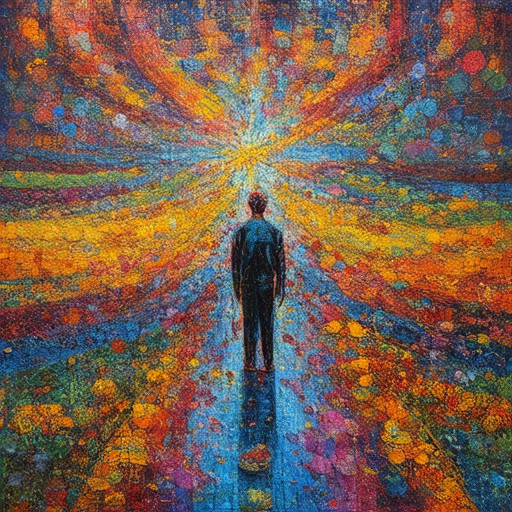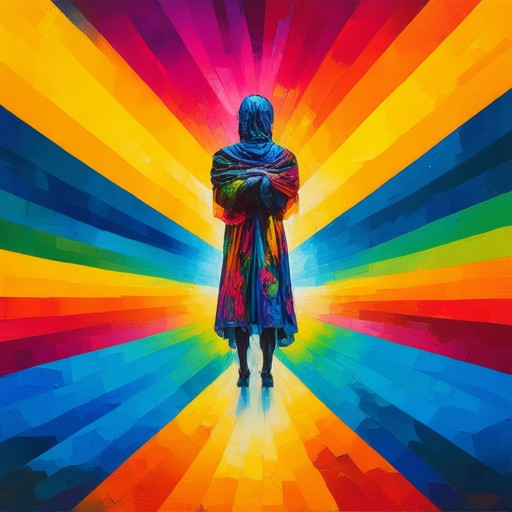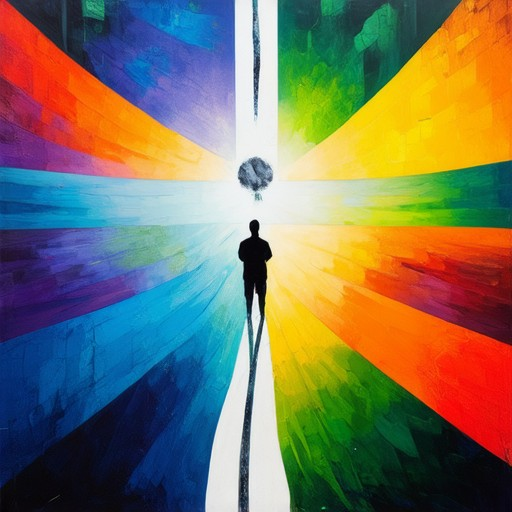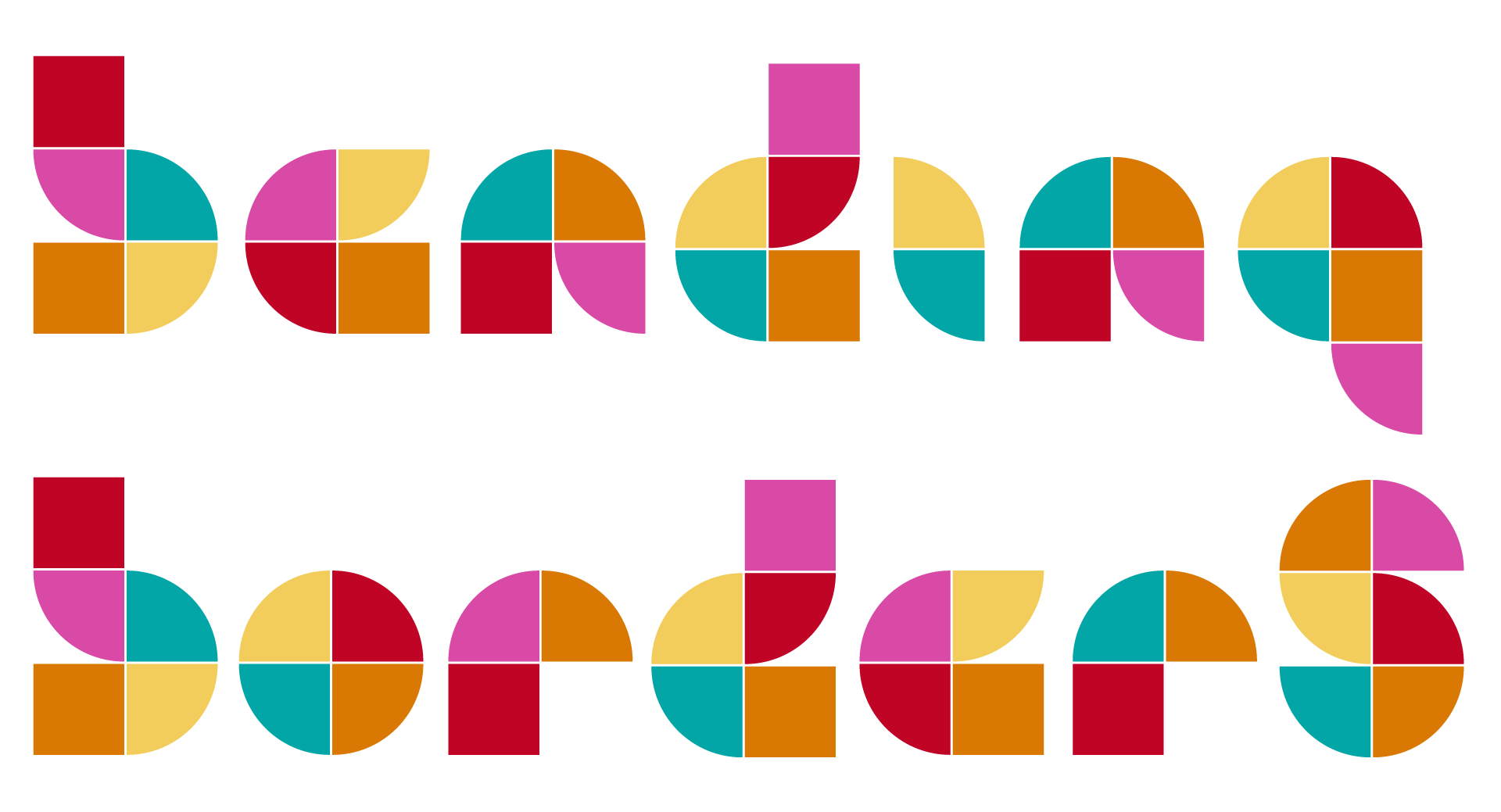Exploring cultural identities is a journey that invites us to delve deep into what makes us who we are, beyond the surface-level aspects of life. From our heritage and traditions to our beliefs and values, cultural identity is a dynamic and multifaceted concept that shapes how we see ourselves and interact with the world around us. Whether you’re curious about your own background or eager to gain a broader understanding of diverse perspectives, this guide offers a comprehensive exploration of cultural identities, providing insights into how we can uncover our authentic selves and foster meaningful connections with others. By examining the complexities of cultural identity, this article equips readers with tools and knowledge to navigate an increasingly interconnected world, bridging gaps between different communities and fostering empathy and understanding. Let’s embark on this discovery together, unraveling the threads that weave our identities into the rich tapestry of human experience.
Key Takeaways
- Cultural identity is complex and multifaceted, encompassing various dimensions that define our sense of self.
- Understanding cultural identity requires examining factors like age, ethnicity, gender, race, religion, sexual orientation, and socioeconomic status.
- Recognizing the intersectionality of these identities fosters empathy and inclusivity in our interactions.
- Cultural identity evolves dynamically as individuals engage with diverse cultures and communities.
- Appreciating hybrid cultures and blended backgrounds enriches our understanding of global diversity.
- Understanding cultural identities is essential for building a more equitable and harmonious world.

What is the Exploration of Cultural Identity?
The exploration of cultural identity is a dynamic and multifaceted journey that involves uncovering, understanding, and reflecting on the complexities of one’s cultural heritage. This process often begins with self-reflection and curiosity about the values, traditions, and beliefs that define a particular group, allowing individuals to gain deeper insights into their own background while also broadening their perspective on other cultures.
- Understanding Cultural Identity :
Cultural identity is shaped by various factors, including ethnicity, nationality, religion, language, and shared customs. Exploring this aspect involves examining how these elements intersect to form a unique sense of belonging. For instance, someone might explore their family’s historical roots, the traditions they grew up with, and how these connect to larger cultural communities. - The Role of Reflection and Comparison :
During this exploration, individuals often engage in reflection and comparison with others. This can involve questioning why certain beliefs or practices exist and how they differ from those in other cultures. Such comparisons can lead to a greater appreciation for diversity while also fostering a stronger connection to one’s own culture. - Globalization and Cross-Cultural Exchange :
In today’s interconnected world, the exploration of cultural identity is influenced by globalization and cross-cultural exchange. Platforms like Bending Borders provide opportunities for sharing travel stories and global insights, bridging cultural divides through storytelling and diverse perspectives. These exchanges often highlight the uniqueness of different cultures while emphasizing common human experiences. - Benefits of Cultural Exploration :
Engaging in the exploration of cultural identity can enhance empathy, open-mindedness, and problem-solving skills. It also encourages individuals to challenge stereotypes and develop a more nuanced understanding of the world around them. This process can be particularly valuable for travelers, culture enthusiasts, and anyone seeking to broaden their horizons.
By embracing the exploration of cultural identity, individuals not only gain a richer understanding of themselves but also contribute to a more inclusive and harmonious global community.
The Four Types of Cultural Identity
Cultural identity encompasses the ways individuals understand and express themselves within social groups, communities, and broader societies. Below are the four primary types of cultural identities, each reflecting distinct aspects of human experience:
- Race : Defined by shared biological traits, cultural practices, and historical experiences. Race is a socially constructed concept influenced by historical, political, and social contexts.
- Gender : Refers to the societal roles, behaviors, and identities associated with being male or female. Gender identity may differ from biological sex and is often fluid and evolving.
- Sexuality : Involves an individual’s emotional, romantic, and sexual attraction to others. Sexuality can be straight, gay, lesbian, bisexual, pansexual, or asexual, among other identities.
- Ability : Relates to physical, mental, or sensory capabilities and how individuals navigate challenges or opportunities presented by their abilities within society.
These categories overlap and intersect, creating complex and multifaceted identities. Understanding these types helps us appreciate the diversity of human experiences and the ways people connect with their communities and cultures.
For further reading on exploring specific cultural identities, visit our cultural exploration section, where we delve into global insights and diverse perspectives.

Exploring Your Cultural Identity
To delve into your cultural identity, consider the following organized approach:
- Explore Family History: Begin by investigating your family’s background. Interview older relatives to uncover stories and traditions passed down through generations. This can provide valuable insights into your roots and how they shape your identity.
- Investigate Traditions and Rituals: Research the origins and significance of cultural celebrations and rituals you participate in. Understanding their deeper meanings can enhance your connection to your heritage.
- Reflect on Personal Beliefs and Values: Analyze how your personal beliefs and values were influenced by your upbringing and cultural environment. Consider whether these were passed down or developed independently.
- Engage with Art and Literature: Explore works by authors and artists from your cultural background. Visit museums or galleries featuring your culture’s art to gain fresh perspectives on identity.
- Connect with Community and Events: Participate in local cultural events or join community groups to meet others with shared backgrounds. This can foster a sense of belonging and provide supportive insights.
- Utilize Technology and Resources: Leverage online platforms and forums dedicated to cultural identity discussions. These can offer valuable resources and ideas to aid your exploration.
- Experience Other Cultures: Travel to regions known for vibrant cultural scenes to broaden your perspective. Engage with diverse communities to see how they navigate and express their identities.
Cultural identity exploration is a journey requiring patience and curiosity. By balancing introspection with outreach, you can gain a deeper understanding of yourself and your place within the world.

Understanding Cultural Identities
The concept of cultural identity is complex and multifaceted, encompassing various dimensions that define how individuals understand and express themselves within societal contexts. Below are the eight primary components of cultural identity, each contributing uniquely to our sense of self:
- Ability : This refers to an individual’s capacity to engage in activities that require physical, mental, or emotional effort. It encompasses skills, strengths, and limitations that shape how people interact with their environment.
- Age : Age plays a significant role in shaping cultural identity, as it influences experiences, responsibilities, and social roles. Different age groups often have distinct interests, values, and expectations, which can vary widely across cultures.
- Ethnicity : Ethnicity is tied to shared cultural characteristics, traditions, and backgrounds. It often includes elements like language, customs, and ancestry, distinguishing groups based on their heritage and history.
- Gender : Gender identity is about how individuals perceive and express their gender. It encompasses the social and cultural roles, behaviors, and attributes typically associated with being male or female, though it can vary greatly across different societies.
- Race : Race refers to the categorization of people into groups based on perceived phenotypic traits, such as skin color, facial features, or hair texture. It carries historical, social, and economic implications that influence cultural identity.
- Religion : Religious beliefs and practices are integral to cultural identity, shaping values, norms, and behaviors.宗教信仰和实践是文化身份的重要组成部分,它们塑造了价值观、规范和行为。
- Sexual Orientation : Sexual orientation involves feelings and behaviors directed toward others, ranging from heterosexual to homosexual to bisexual or asexual. It reflects personal preferences and societal norms around love and relationships.
- Socioeconomic Status : Socioeconomic status refers to an individual’s position in society based on income, education, and occupation. It influences access to resources, opportunities, and living conditions, thereby impacting cultural identity.
Each of these dimensions intersects with others, creating a unique blend that defines who we are. Understanding these aspects helps us appreciate the diversity of human experience and fosters empathy and inclusivity in our interactions. By recognizing and valuing these identities, we can work toward a more equitable and harmonious world.
What are the 13 Identities?
The concept of “identities” can encompass a wide range of aspects that define who we are, both individually and collectively. Below is a breakdown of 13 distinct identities that shape our understanding of human existence:
- 1. Cultural Identity:** Refers to the shared beliefs, values, customs, behaviors, and artifacts that characterize a group or society.
- 2. National Identity:** Encompasses the characteristics that define a nation, including its history, traditions, language, and sense of national pride.
- 3. Gender Identity:** The internal sense of being male, female, or non-binary, which may or may not align with one’s biological sex.
- 4. Sexual Orientation:** The direction of one’s sexual desire, which can be heterosexual, homosexual, bisexual, or pansexual, among others.
- 5. Professional Identity:** The role or occupation someone identifies with, often tied to their skills, expertise, and professional goals.
- 6. Religious Identity:** The identification with a particular religion or spiritual belief system, which plays a significant role in shaping one’s worldview.
- 7. Racial Identity:** The social and cultural identity associated with a particular race, which can influence one’s experiences and opportunities in society.
- 8. Ethnic Identity:** Similar to racial identity, but often referring to smaller, more specific groups within a race, characterized by shared ancestry, language, and traditions.
- 9. Generational Identity:** The set of traits, beliefs, and experiences that define a generation, shaped by the historical context in which they grew up.
- 10. Digital Identity:** The online presence and digital footprint that individuals leave behind, often consisting of social media profiles, online interactions, and personal data.
- 11. Political Identity:** The alignment of an individual or group with a political ideology, party, or movement, reflecting their views on governance and societal issues.
- 12. Linguistic Identity:** The identification with a particular language or dialect, which can impact communication and cultural expression.
- 13. Occupational Identity:** The sense of belonging and identity derived from one’s job or career, often tied to the challenges and satisfactions of work.

How Do You Describe Cultural Identity Examples?
Cultural identity refers to the sense of belonging to a particular group, community, or culture. It encompasses shared customs, values, beliefs, languages, and traditions that define a group’s unique characteristics. Here are some examples of cultural identity:
- Ethnic Background: Identifying with a specific ethnic group, such as Indian, Mexican, or Chinese, often forms a core part of one’s cultural identity.
- Nationality: Being identified as a citizen of a particular country, like American or Canadian, is a significant aspect of cultural identity.
- Religion: Belonging to a religious group, such as Christianity, Islam, or Judaism, plays a crucial role in shaping cultural identity.
- Language: Proficiency in and identification with a particular language, such as Spanish or Mandarin, contributes to cultural identity.
- Traditions and Customs: Participation in and adherence to cultural traditions, festivals, and practices, such as celebrating Diwali or Christmas, reinforce cultural identity.
- Hybrid Cultures: In cases where individuals have mixed heritage, cultural identity may involve blending elements from multiple backgrounds, such as being Afro-Caribbean or Mexicano.
Cultural identity is dynamic and can evolve over time as individuals interact with different cultures and communities. It is important to recognize and celebrate the richness of diverse cultural identities around the world.
Explore more about cultural identities and their impact on global interactions through Bending Borders , a platform dedicated to fostering cross-cultural understanding and appreciation.




0 Comments